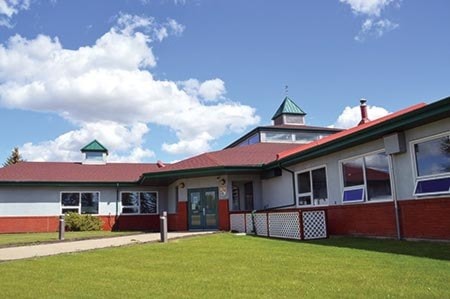The County of Wetaskiwin is looking at a tight budget for the 2017 year, and council is putting measures in place to help ease the financial impact on ratepayers.
On April 19 county council passed its budget with a 2.35 per cent increase in the residential mill rate, a 1.67 per cent increase in the non-residential mill rate, and a 2.08 per cent increase in the farmland mill rate.
Assistant CAO Rod Hawken says when it comes to tax increases ratepayers will see a variance from a drop in taxes to an increase of no more than 10 per cent, on average, “depending on the market you live in.”
Late last year the county sent a letter to the ministry of Municipal Affairs relaying concerns about decreases in the county’s linear assessments.
The letter stated in 2016 the adjusted rate caused a reduction of $550,000 in the municipal operations, representing a three per cent decrease in the county’s annual budget. For 2017 the proposed changes would result in a $1 million reduction, leading to an additional drop of more than 5.5 per cent in the budget.
At a state of the county address, held April 20, 2017, reeve Katy Rooyakkers confirmed the county is seeing a $1.3 million budget decrease due to modifications in linear assessments.
During its final budget deliberation council decided to pull $340,000 from a contingency reserve fund, “in order to cushion the overall tax increase for the ratepayers,” said Hawken.
Each year municipalities are mandated to collect a school requisition tax on behalf of the Alberta School Foundation Fund.
This year the county is having to collect from its ratepayers $7.6 million, a 0.98 per cent increase from 2016.
While the variance is not significant, Rooyakkers says due to assessment decreases what remains will see higher costs.
“We’ve relied heavily, over the years, on our linear and now we’re paying for it,” said Coun. Larry McKeever.
While residential and non-residential assessment bases are increasing in the county, linear represents 19 per cent of the county’s total assessment base.
“But that’s shrinking every year,” said Rene Boutin, director of assessment.
Wells and pipelines are the largest portions of the linear assessment base, says Boutin. Between 2015 and 2016 wells saw a $61.7 million decrease in value, and pipelines were hit with a $33.1 million decrease.
“I expect it’ll be several years until those numbers come back,” said Boutin.
